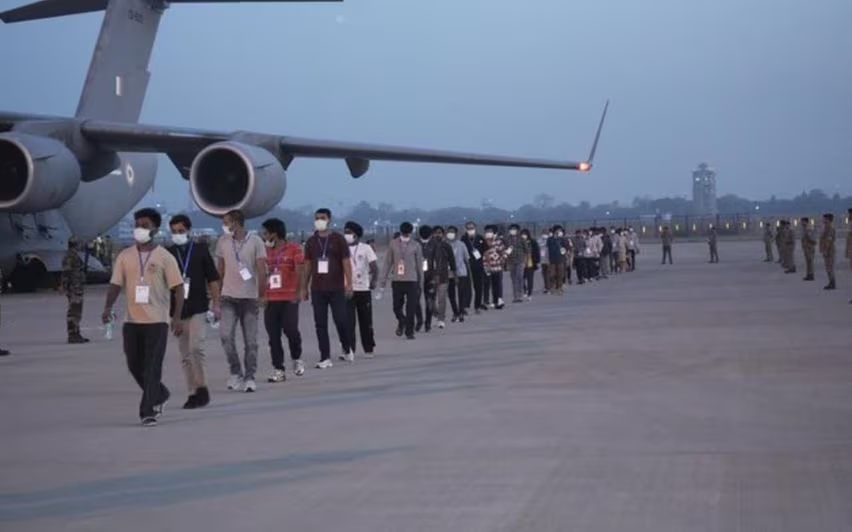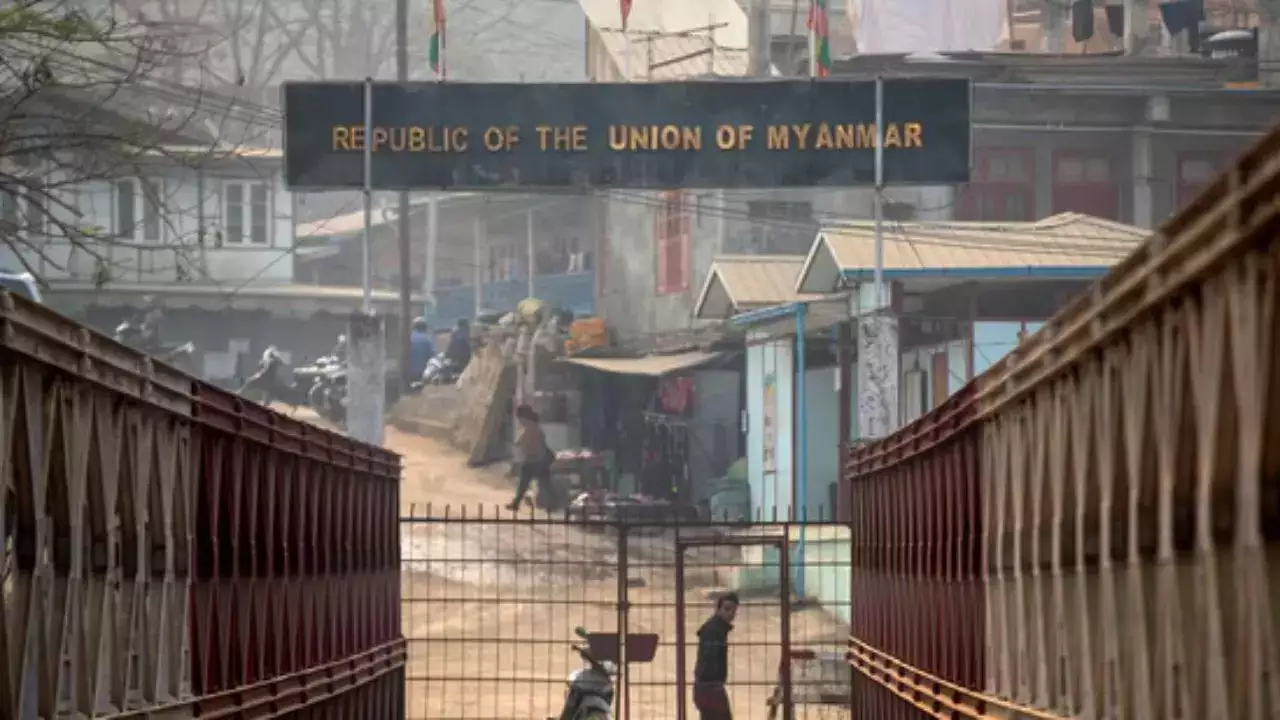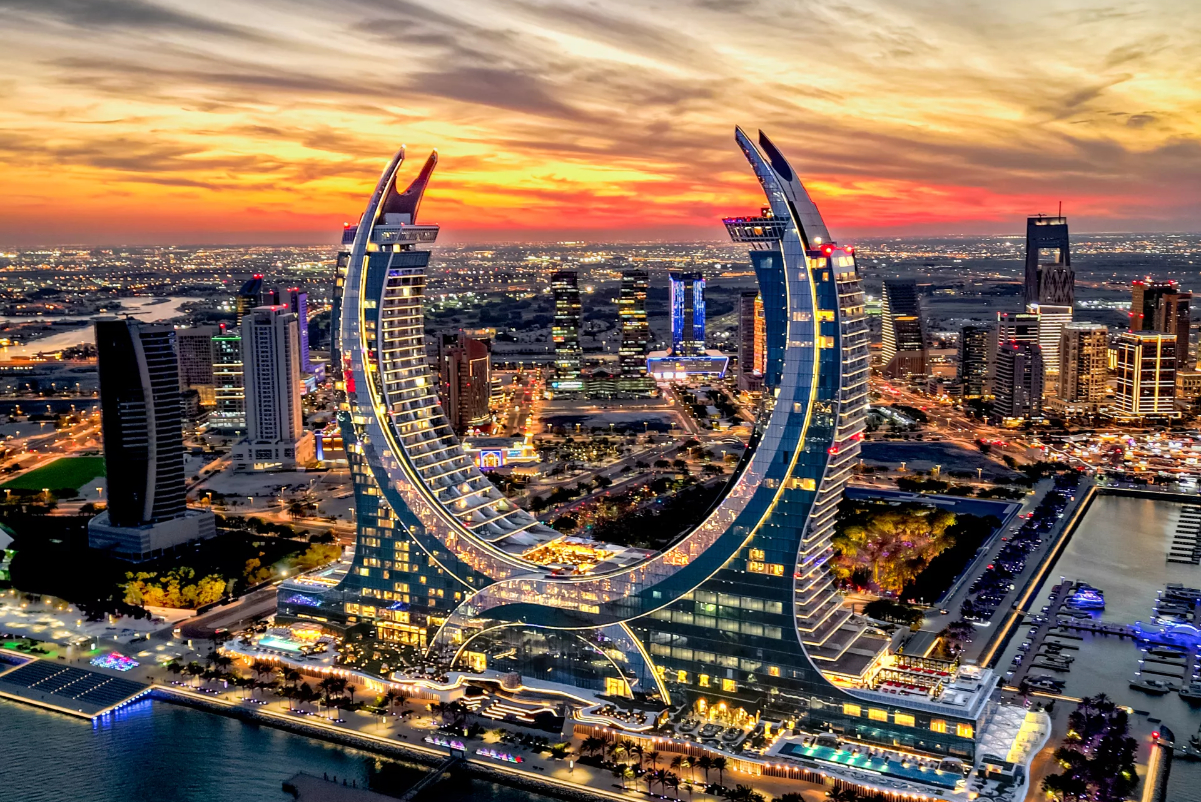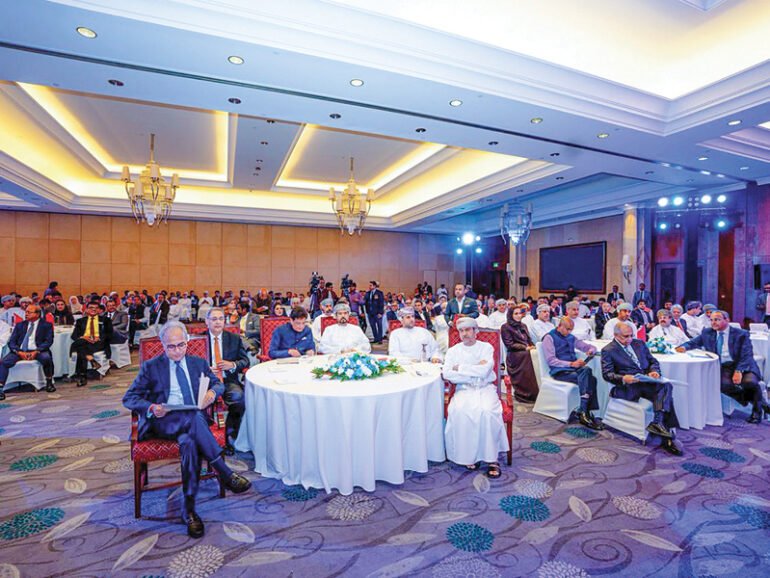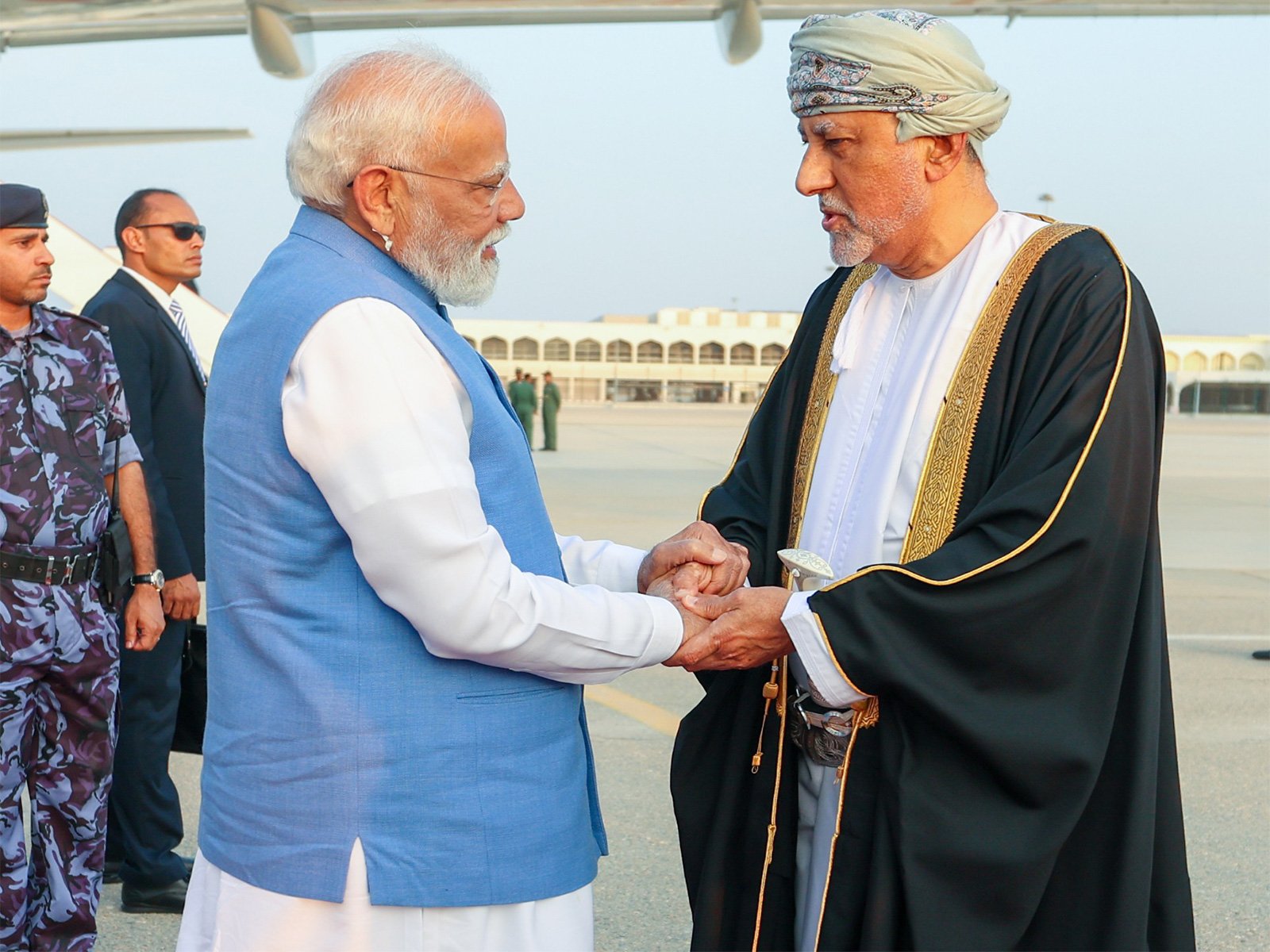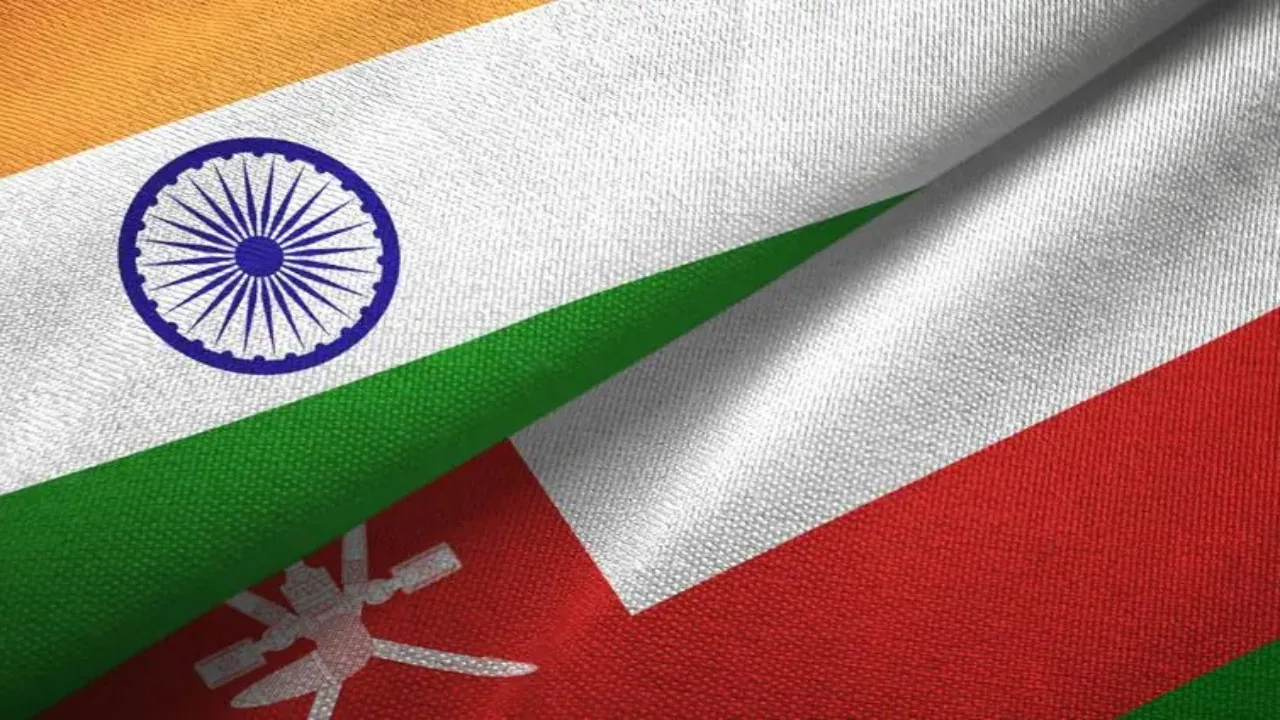His image is found not only in temples but also in homes, universities, and even businesses, where people seek his blessings for prosperity.
Festivals and rituals dedicated to Ganesha continue to be celebrated across the country, reflecting how seamlessly the deity has been integrated into Thai life.
Did you know that the world’s tallest standing statue of Lord Ganesha is in Thailand not in India? Located at the 40,000 sq. m Khlong Khuean Ganesh International Park, in Chachoengsao province east of Bangkok.
The park functions as a spiritual and cultural center, serving as a pilgrimage site for devotees and a tourist attraction
This 30-metre-tall Ganesha, with the additional height of its pedestal, touches 39 metres, which is almost as tall as a 12-storey building; a unique distinction as the tallest standing Ganesha statue in the world
Made of 854 bronze segments
Even more interesting is the fact that the statue is made up of 854 bronze segments or casings, which forms the outer layer of the statue. These bronze casings have been fixed onto a solid core structure tough enough to
The standing statue with four hands
The statue’s artist, Pitak Chaleumlao, explained that the statue shows Lord Ganesha giving his divine blessings in a standing posture. Revered as a patron of good fortune, the Elephant God in Thailand is also known as Phra Phikanet/Phra Phikanesuan.
In each of his four hands, Lord Ganesha is shown carrying mango, jackfruit, banana and sugarcane which are emblems for a fruitful harvest and abundance.
Chachoengsao is Ganesha country
There are two other big and beautiful statues which only go to show how much Lord Ganesha is an integral part of Thailand’s spiritual and cultural heartbeat.
One is the reclining Ganesha at Wat Saman Rattanaram (about 16 m high and 22 m long), and the seated Ganesha at Wat Phrong Akat (about 49 m high). Perhaps it would be quite appropriate to refer to Chachoengsao as Ganesha country.
Lord Ganesha, revered as the remover of obstacles and the god of wisdom, has been worshipped in Thailand since the spread of Brahmanism across Southeast Asia, more than a thousand years ago.
Over the years, his presence has become deeply rooted in Thai culture, symbolising knowledge, success, and protection.
His image is found not only in temples but also in homes, universities, and even businesses, where people seek his blessings for prosperity. Festivals and rituals dedicated to Ganesha continue to be celebrated across the country, reflecting how seamlessly the deity has been integrated into Thai life.
DISCLAIMER: The views and opinions expressed in this article are solely those of the author and do not necessarily reflect the official policy or position of Pravasi Samwad. Pravasi Samwad is not responsible for the accuracy, completeness, or reliability of any information presented.



